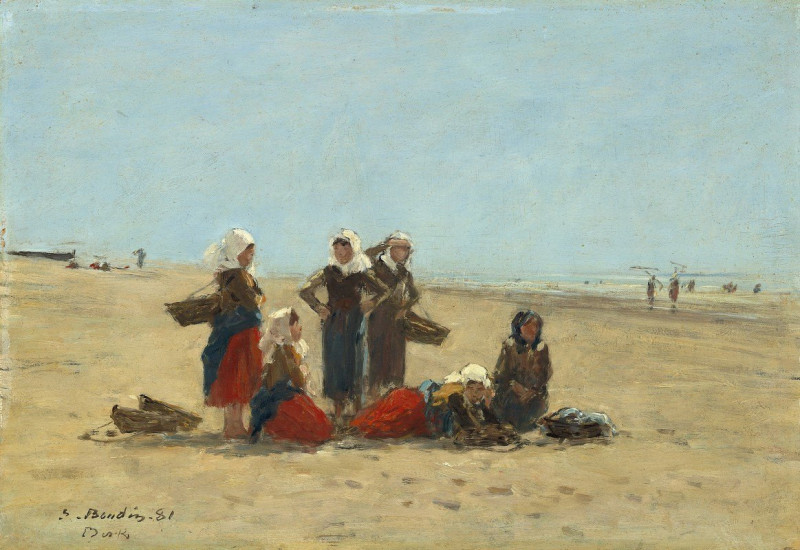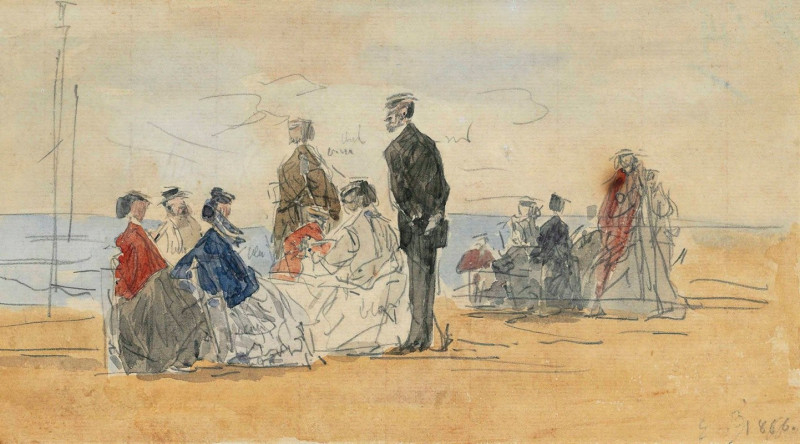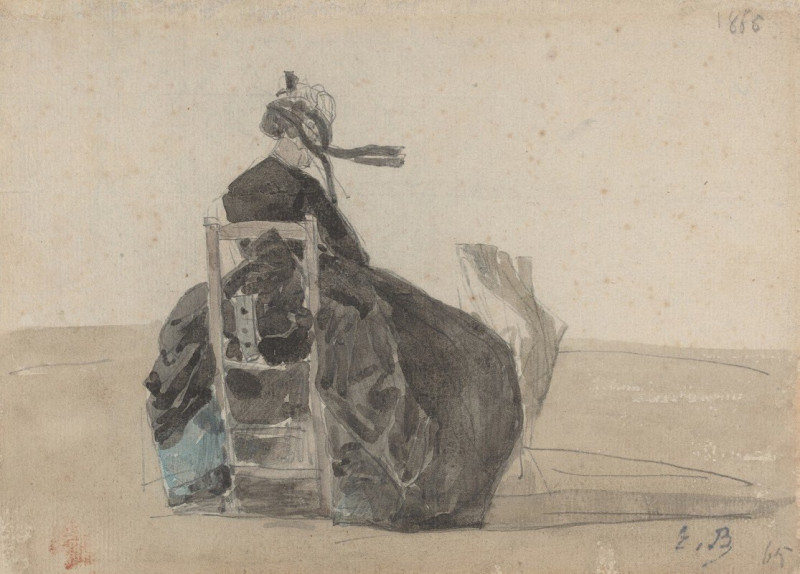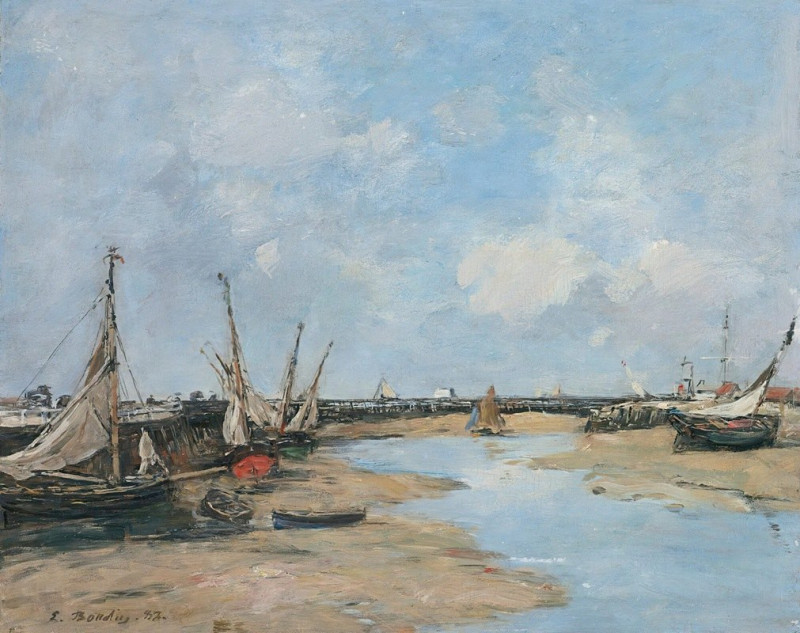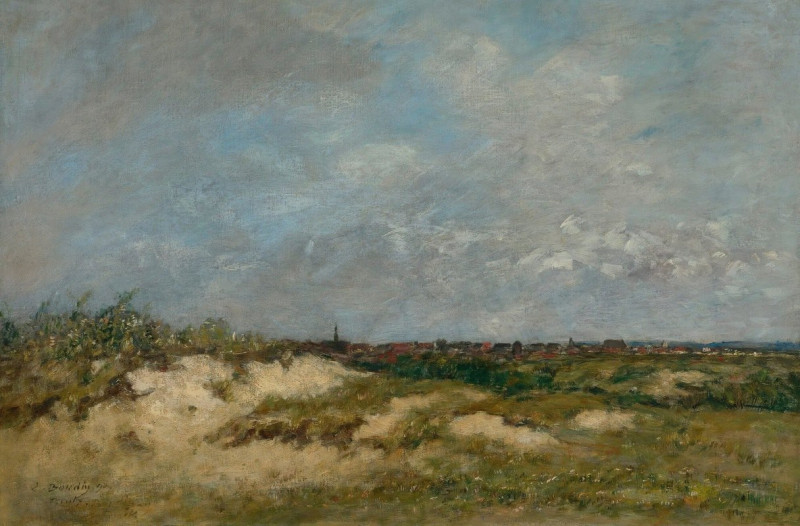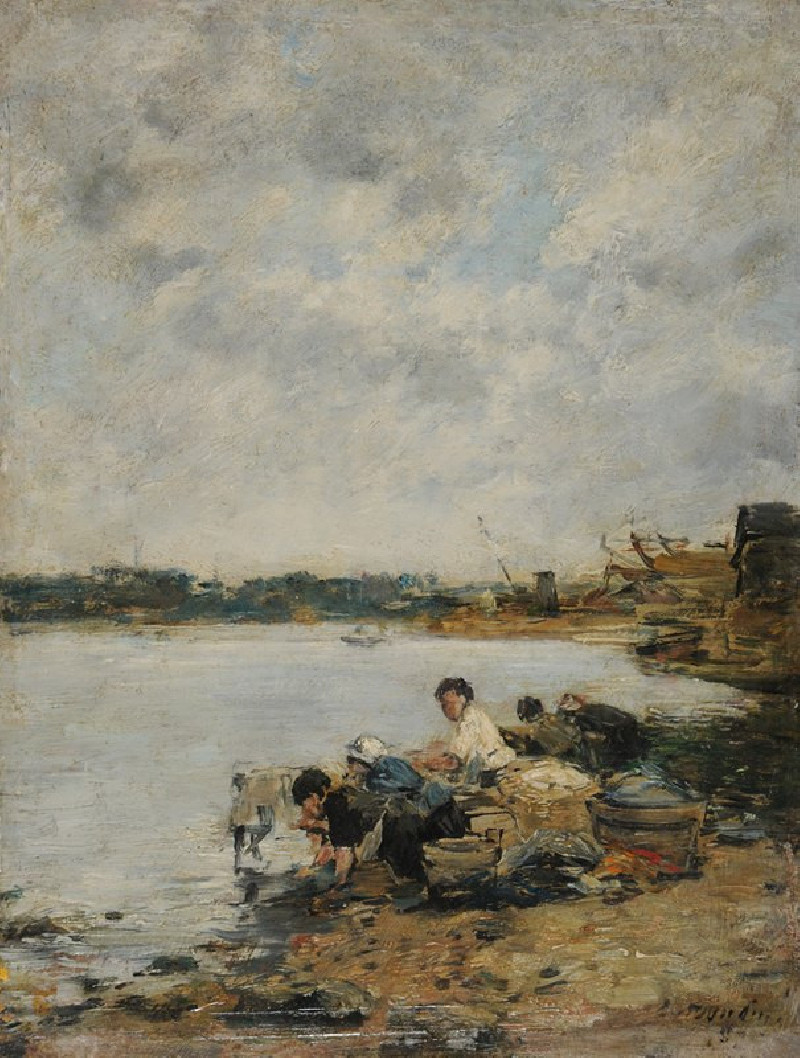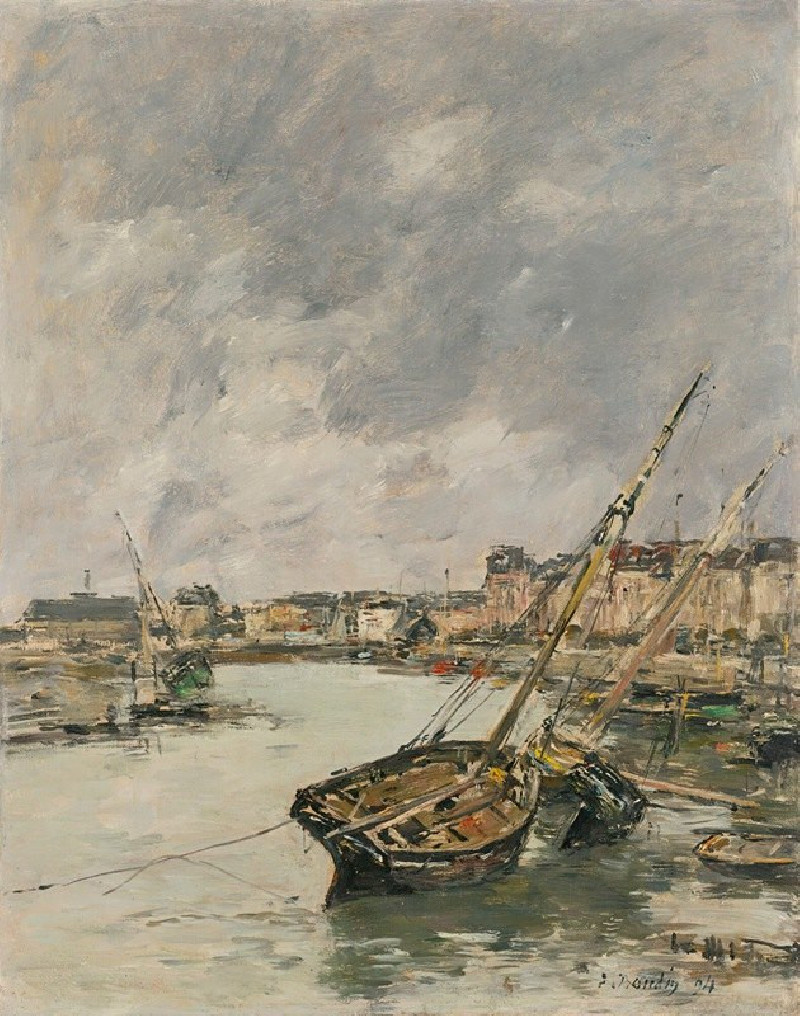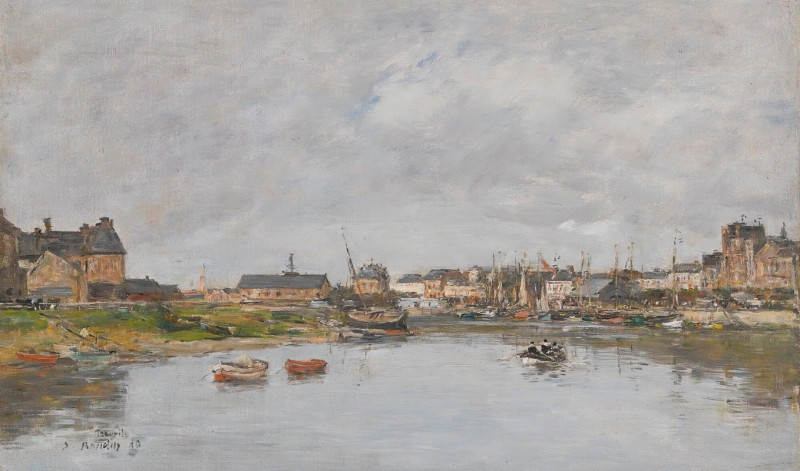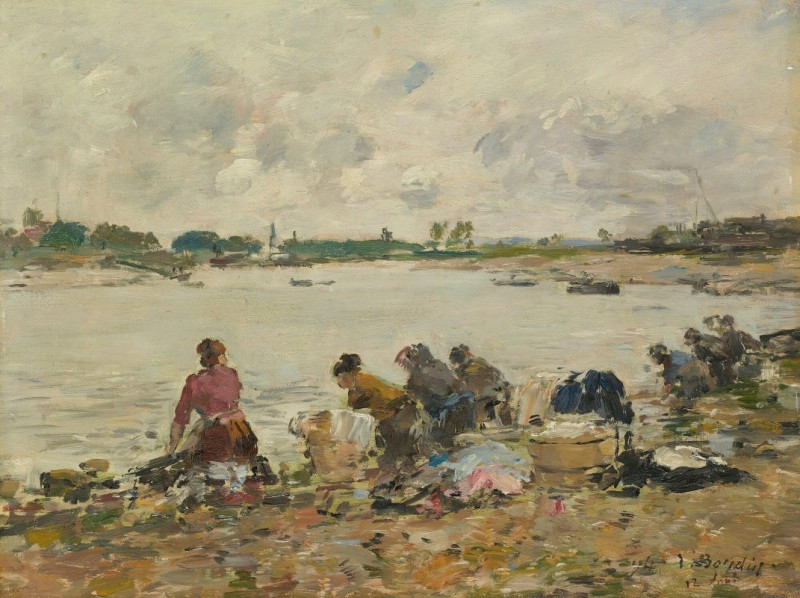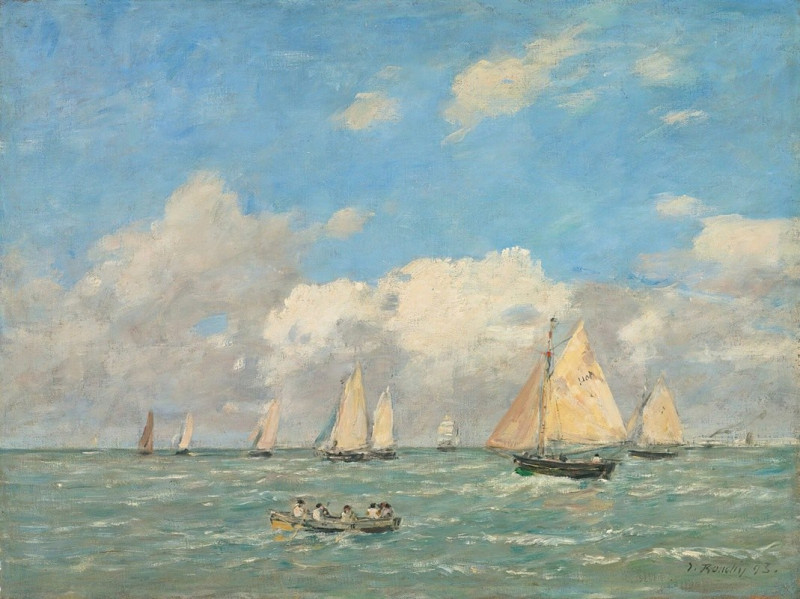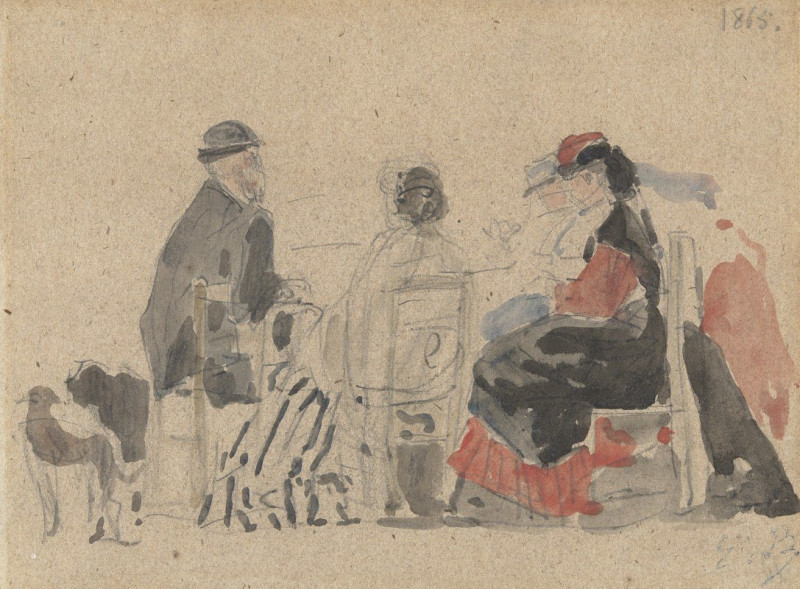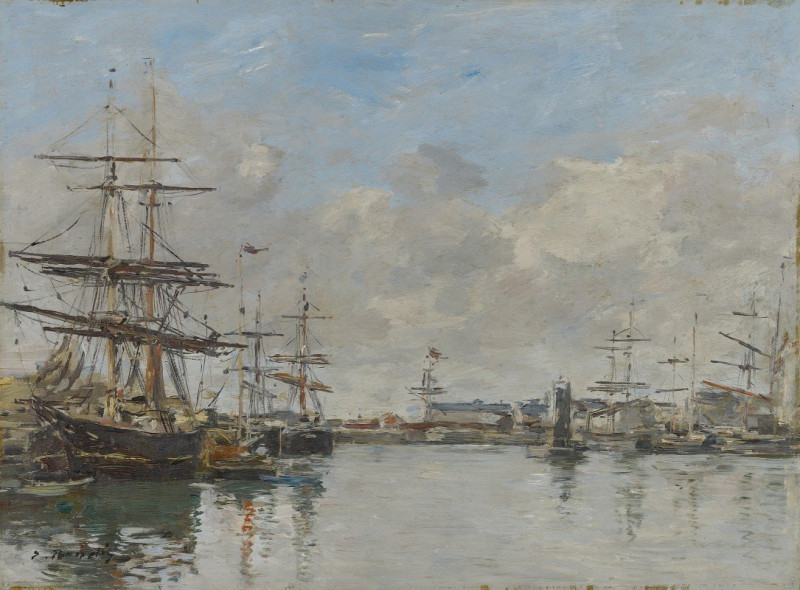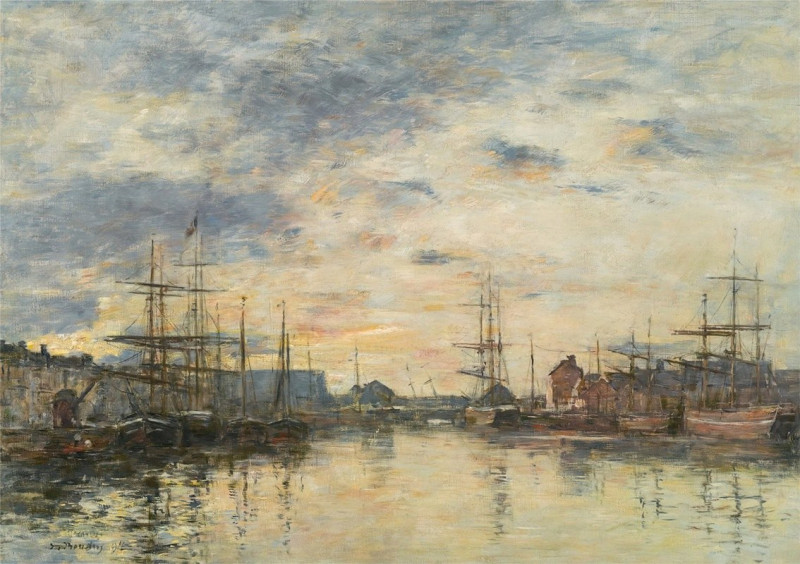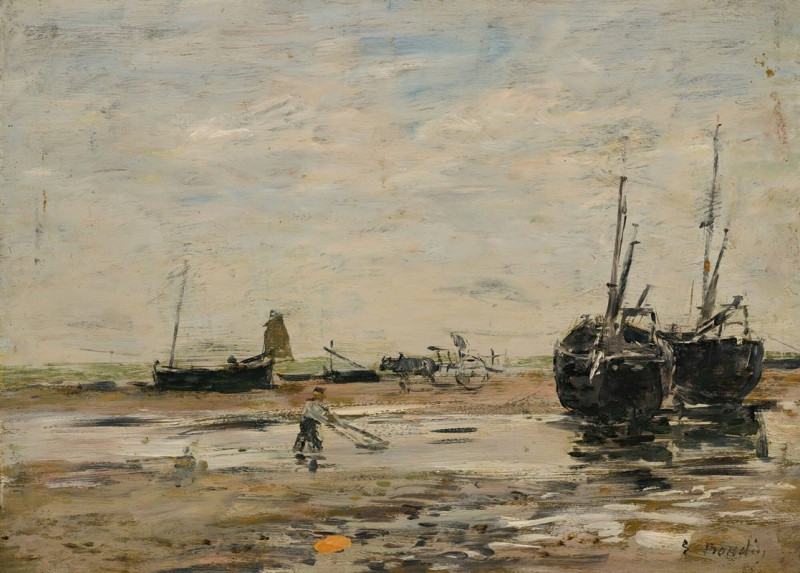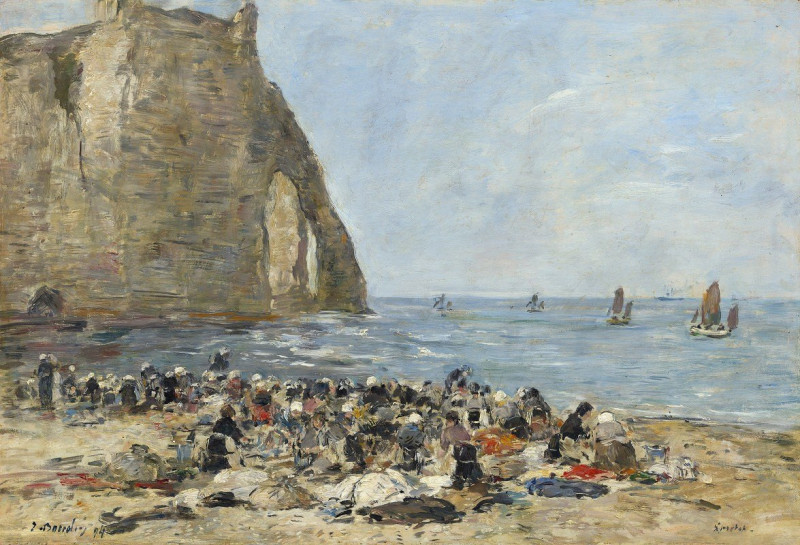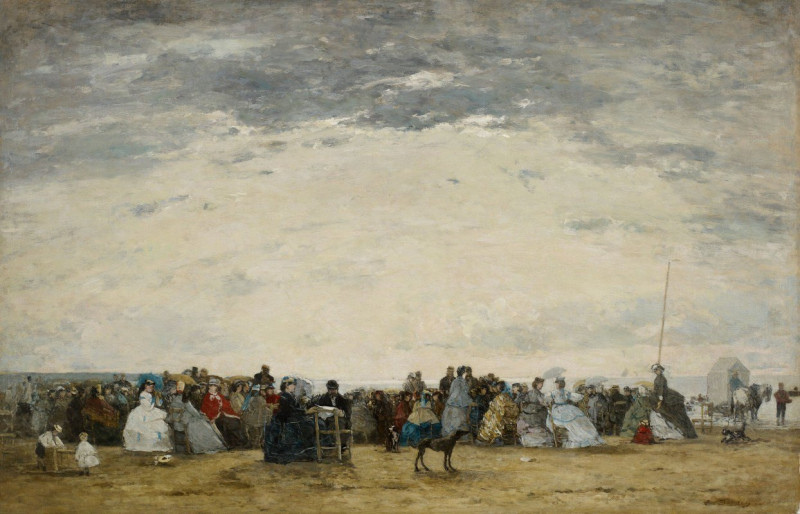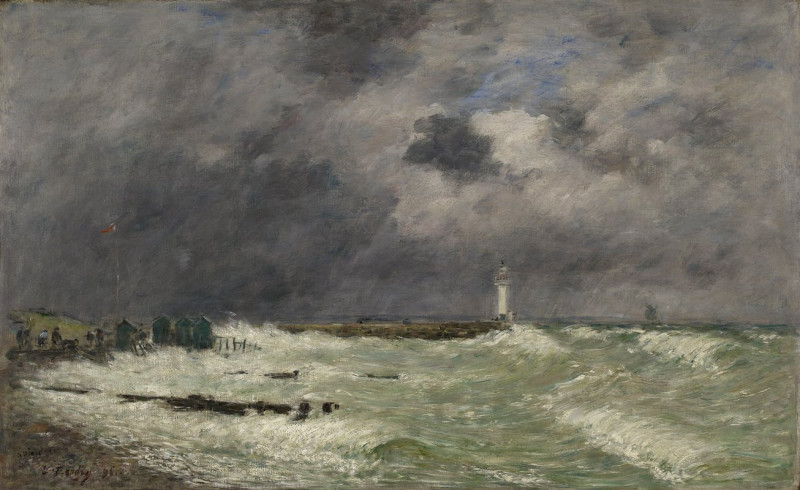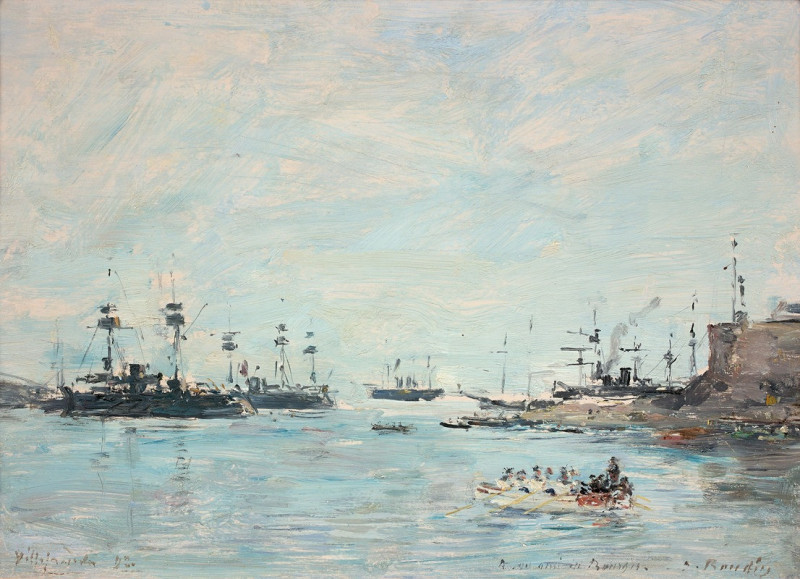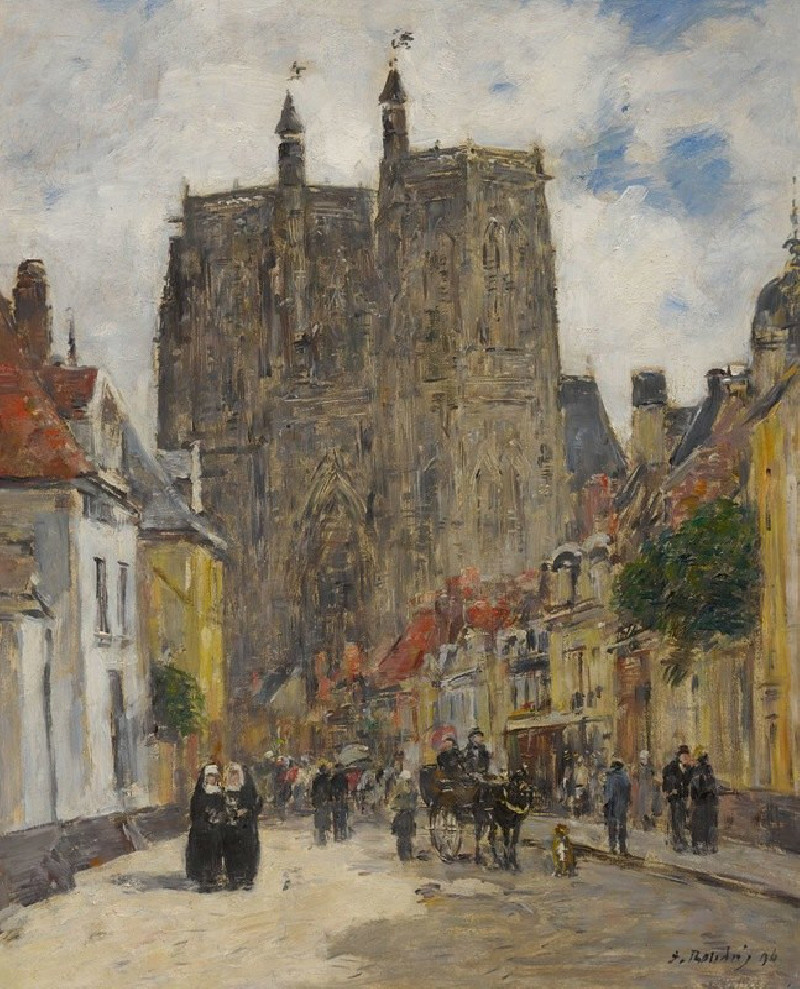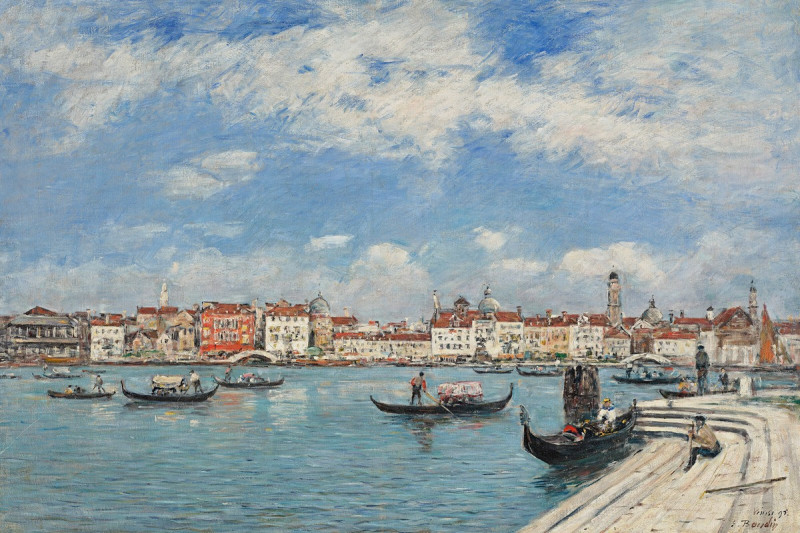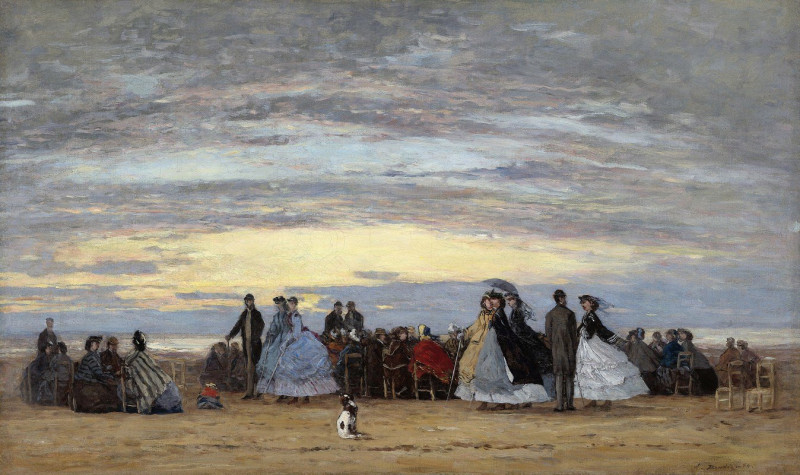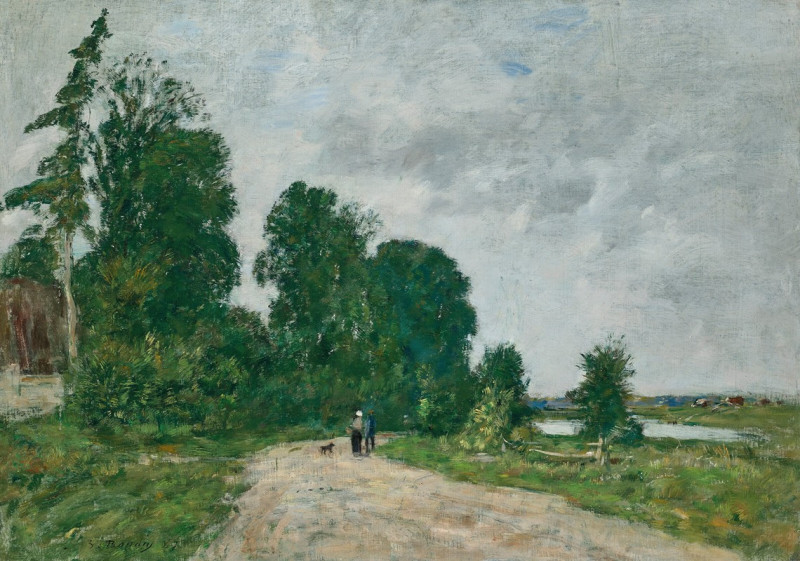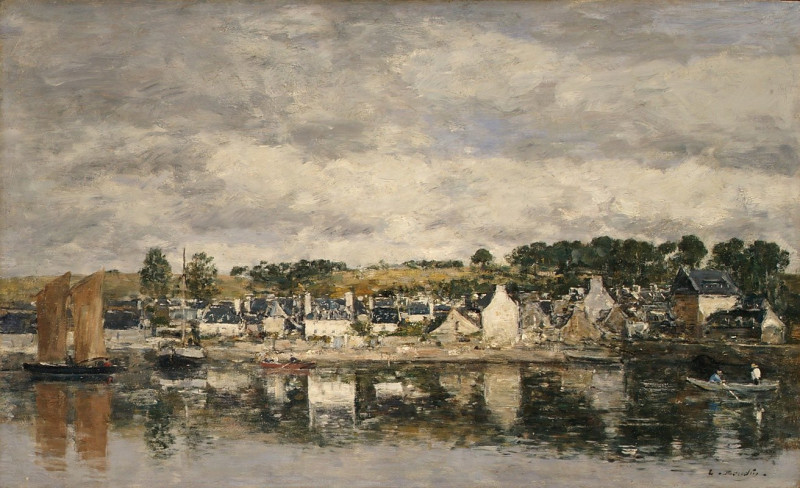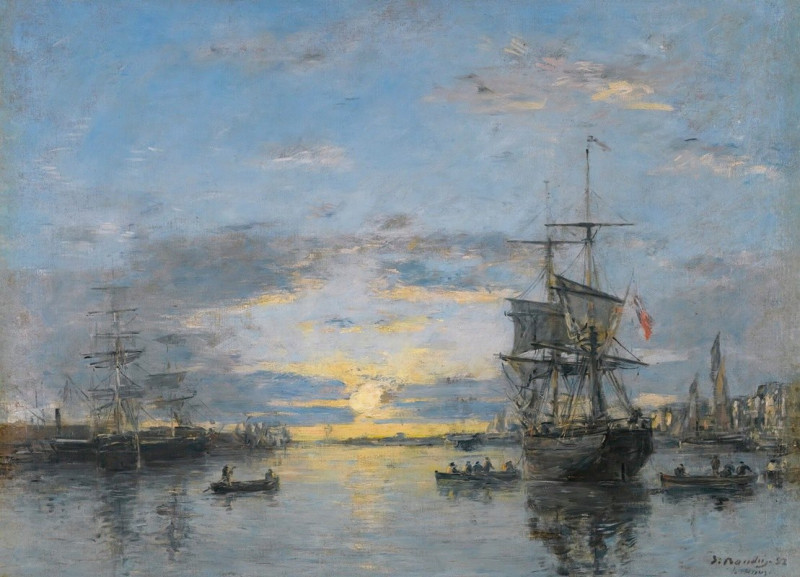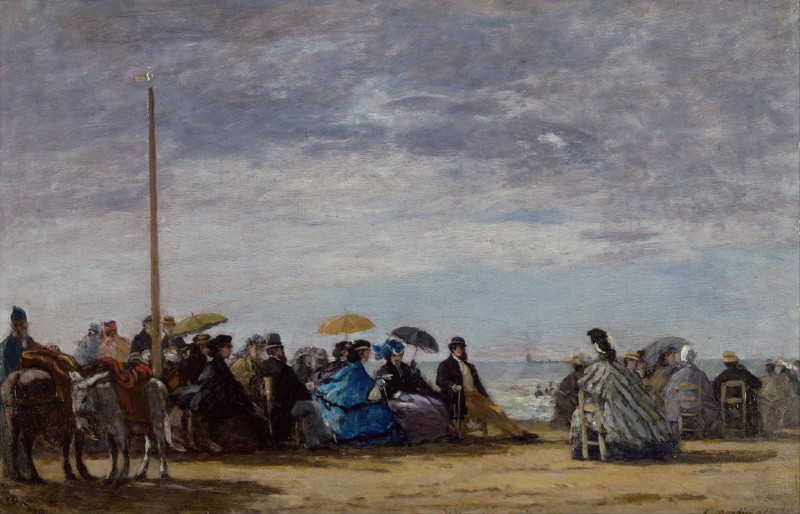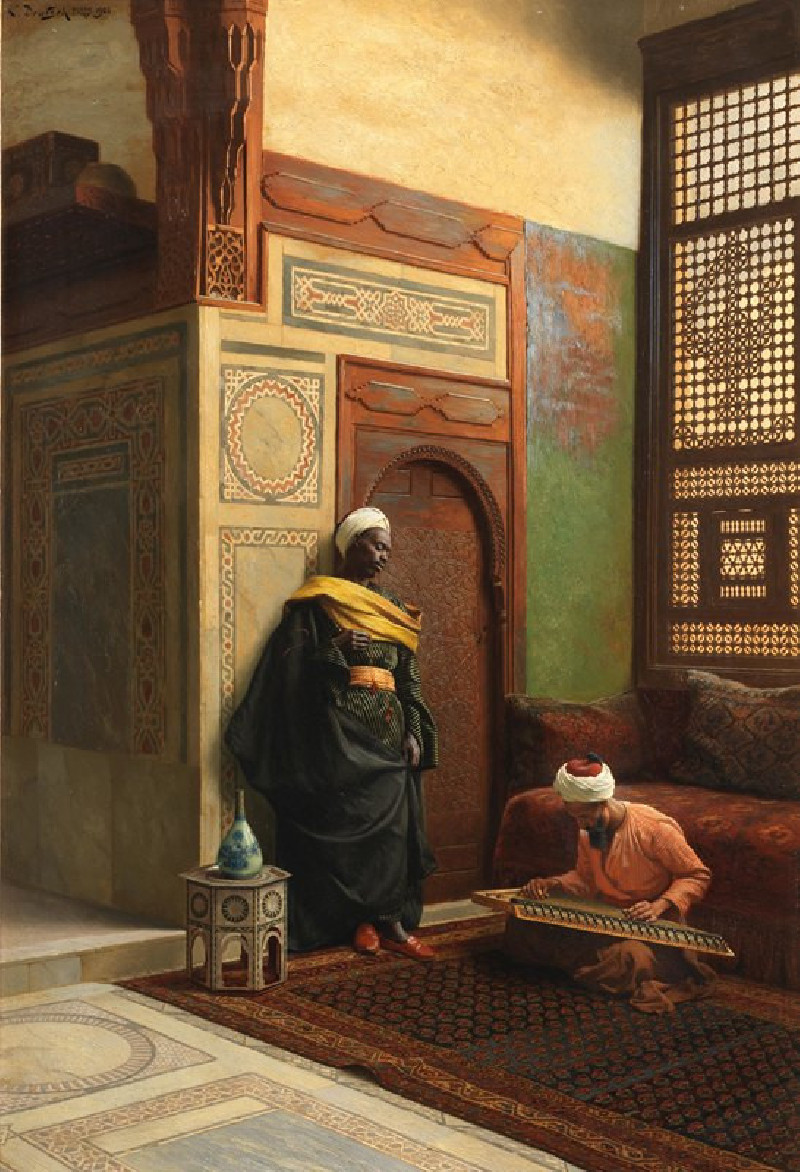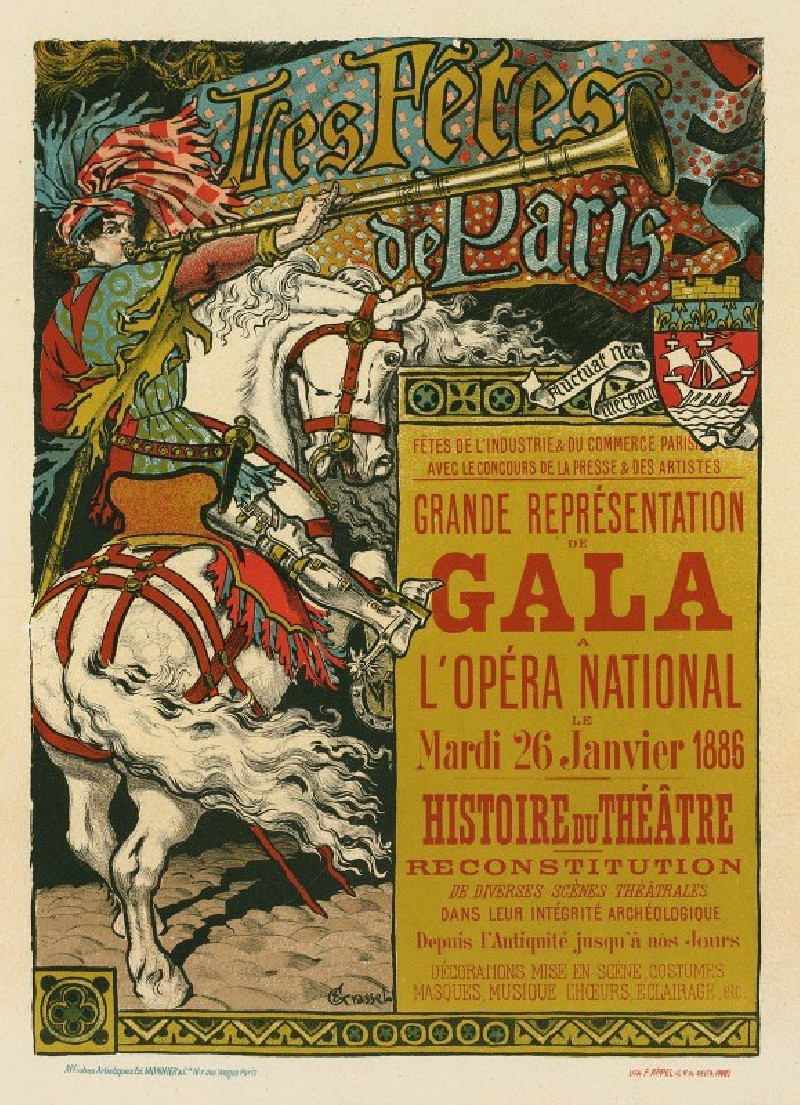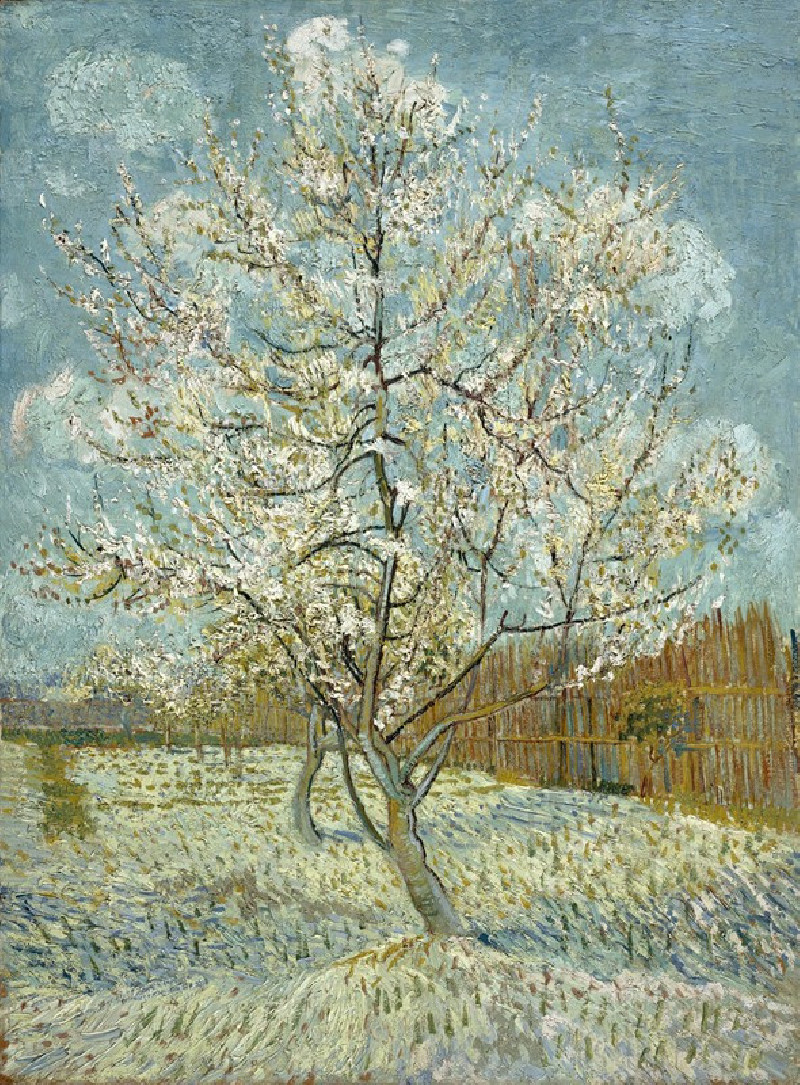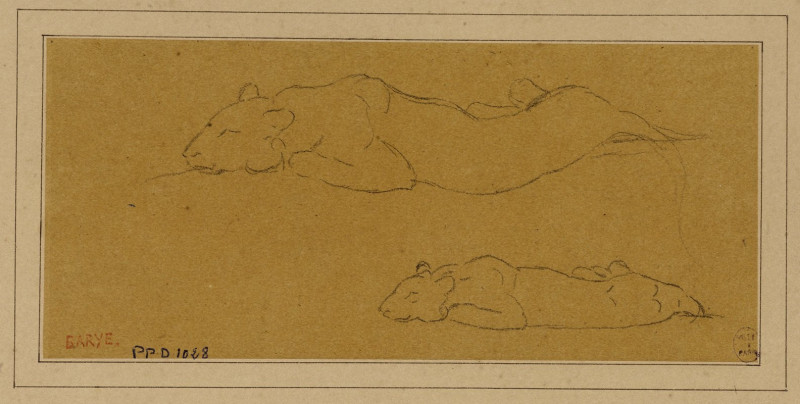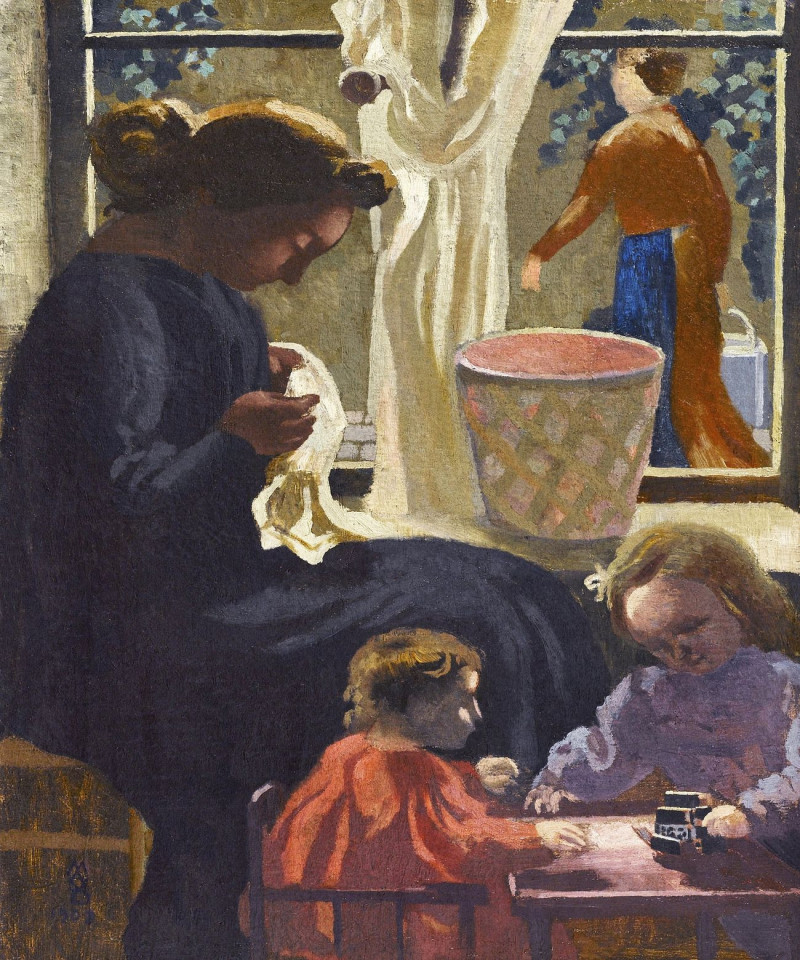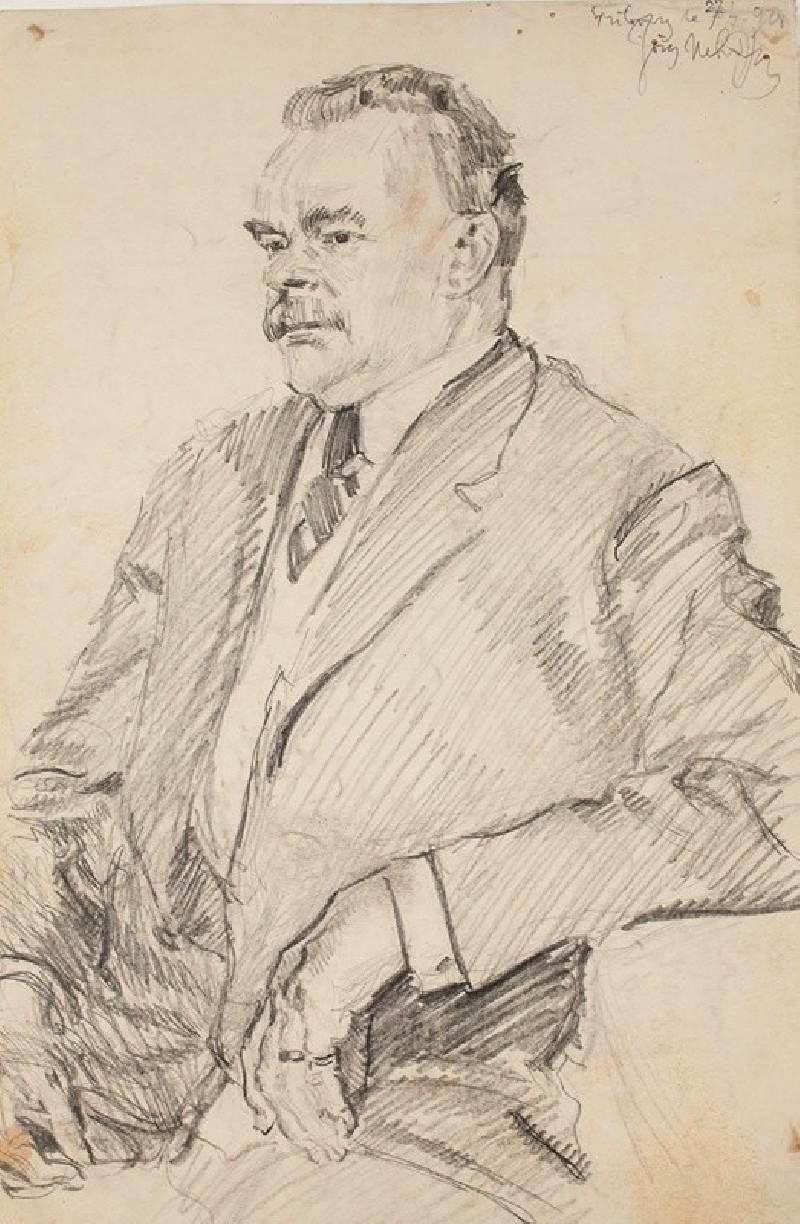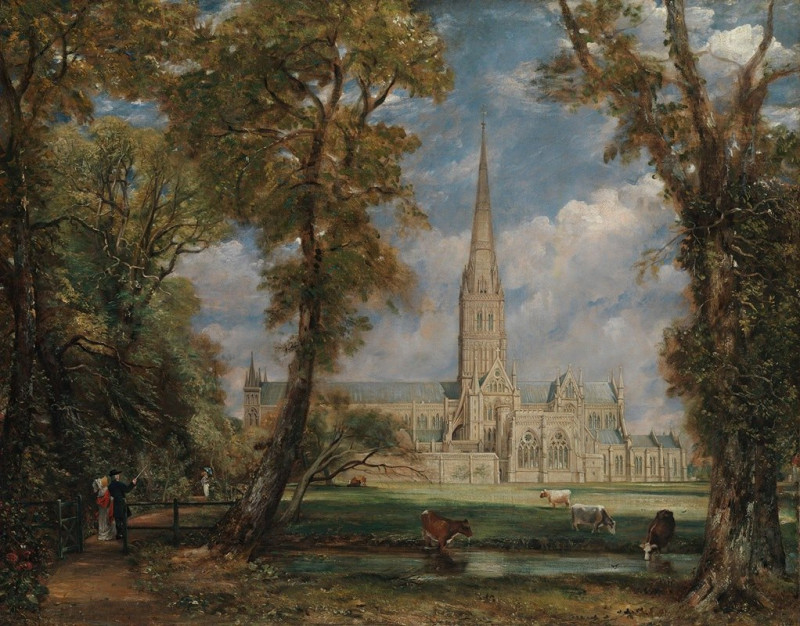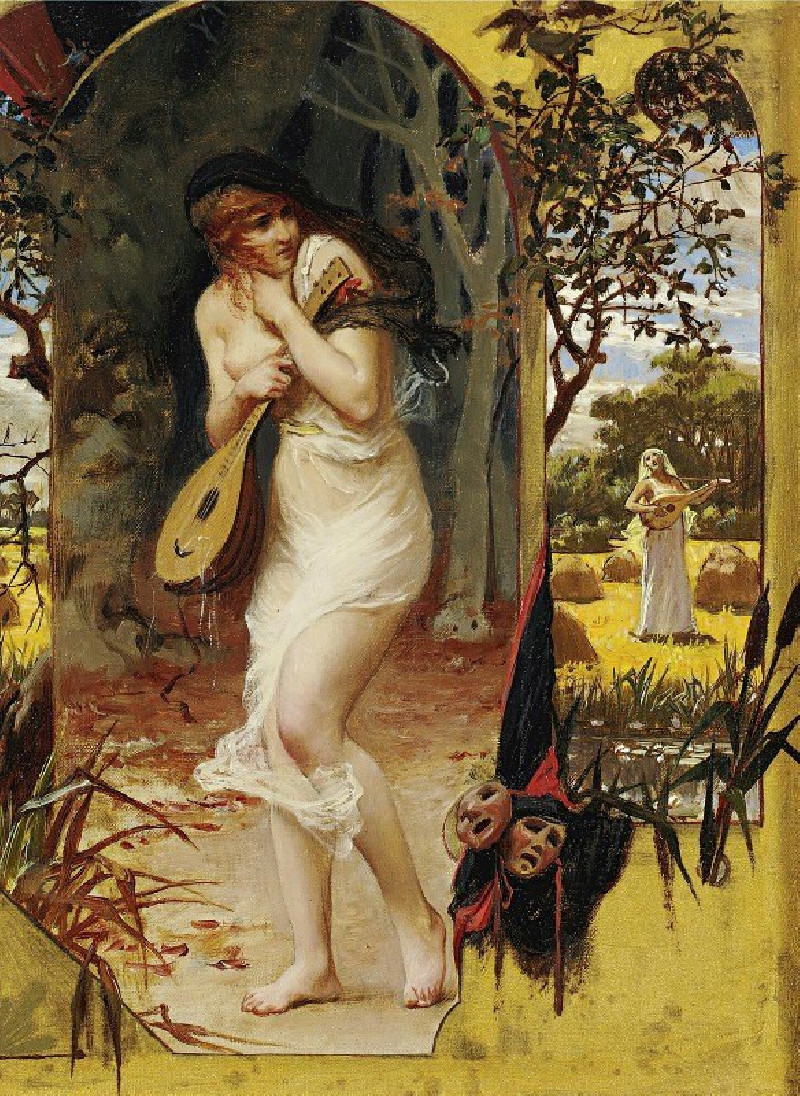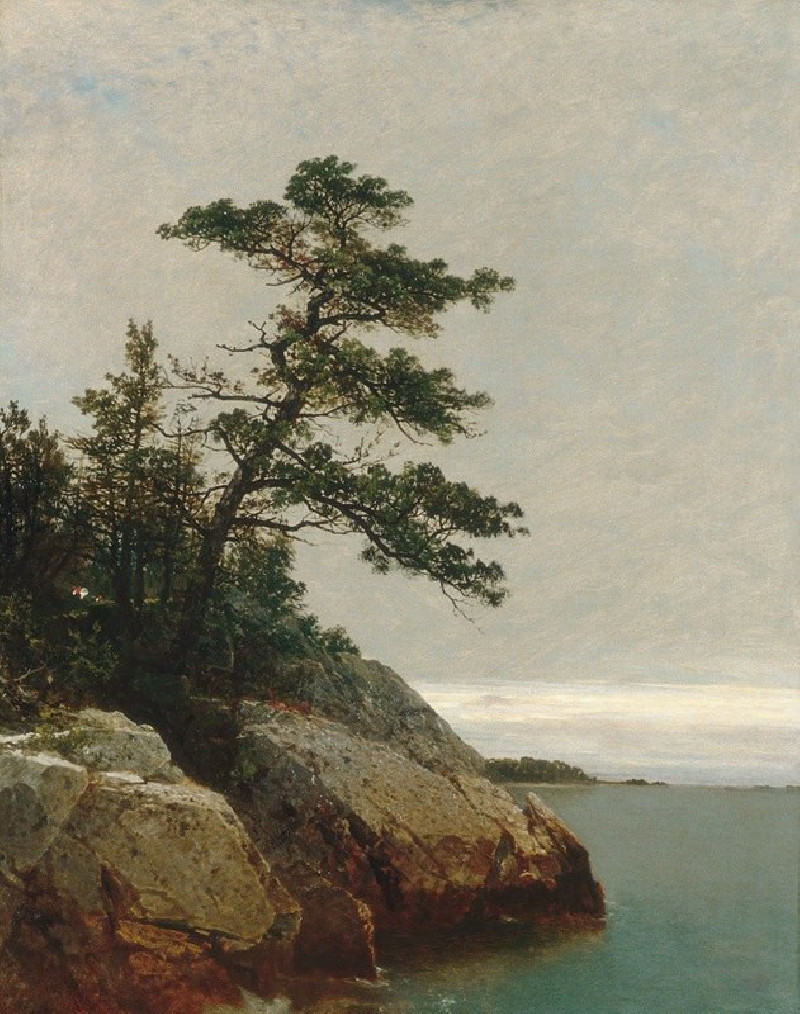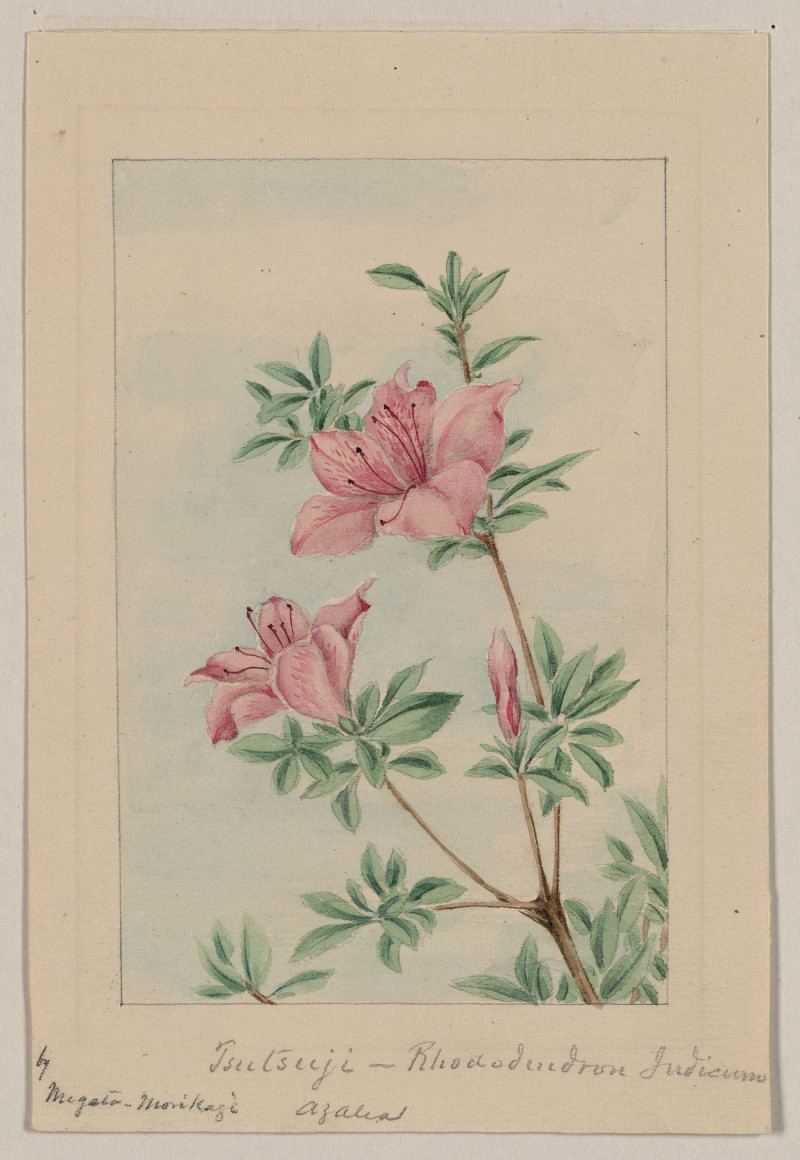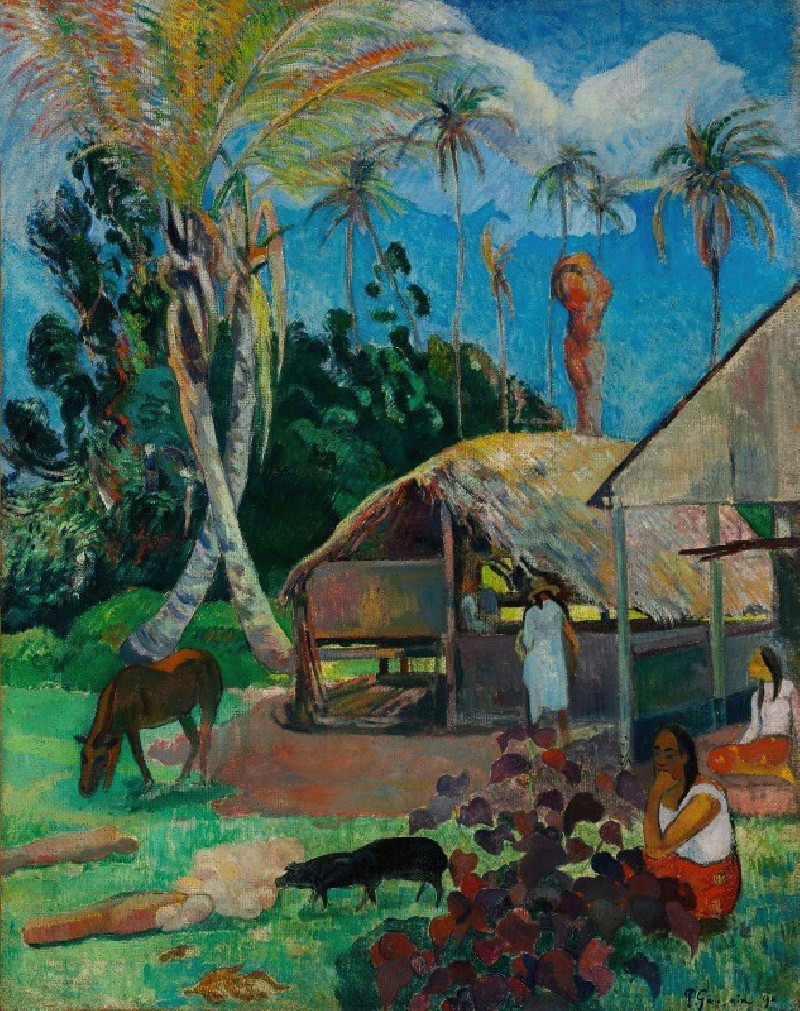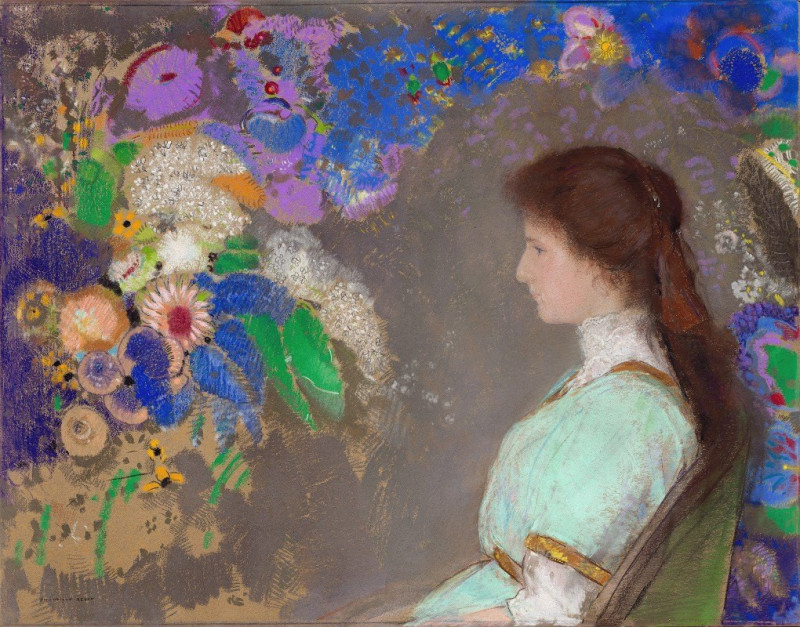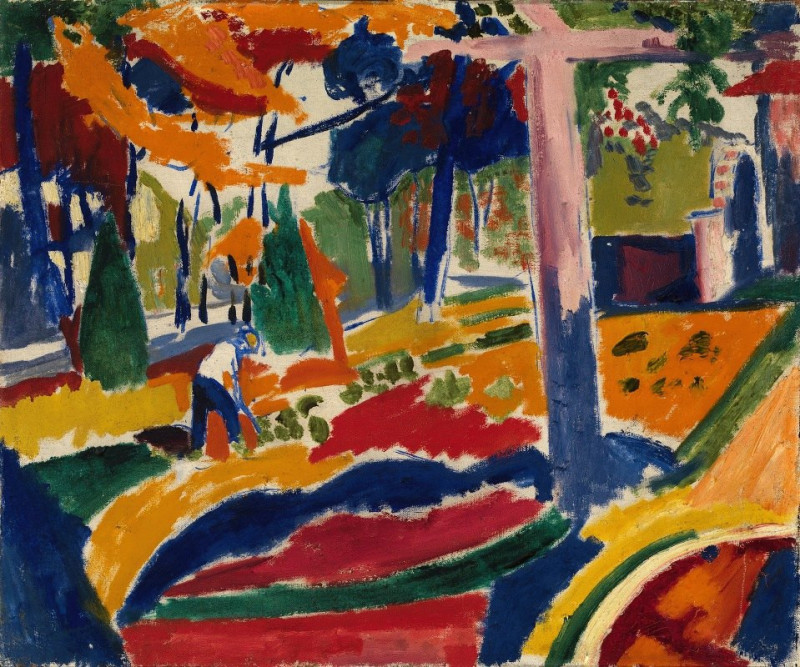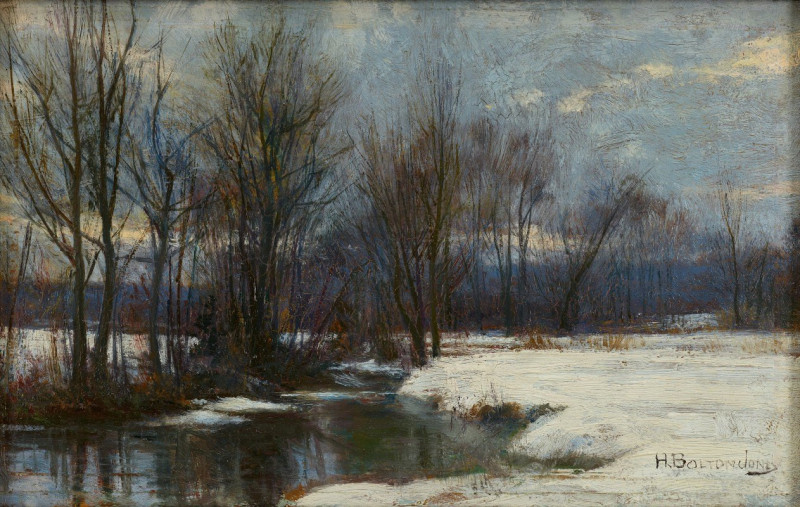Un coin de ferme aux environs de Dunkerque (1889)
Technique: Giclée quality print
Recommended by our customers
More about this artwork
Eugène Boudin's "Un coin de ferme aux environs de Dunkerque" (1889) captures the serene beauty of rural life near Dunkirk. The painting depicts a quaint, white farmhouse with a vibrant red-tiled roof, situated by a reflective pond. In this idyllic scene, the artist's mastery in handling light is evident as he paints the calm water which beautifully mirrors the house and the sky. Around the building, elements of daily farm life are visible; chickens peck at the ground while a figure, possibly a woman, stands at the doorway, suggesting a moment of pause in her day.Boudin, known for his landscape and marine works, employs a palette of soft natural tones that convey the tranquility of the countryside. The delicate brushwork in the depiction of the vegetation and the distant figures contributes to the overall atmosphere of peaceful rural existence.
Delivery
Returns
Eugène Louis Boudin (12 July 1824 – 8 August 1898) was one of the first French landscape painters to paint outdoors. Boudin was a marine painter, and expert in the rendering of all that goes upon the sea and along its shores. His pastels, summary and economic, garnered the splendid eulogy of Baudelaire; and Corot called him the "King of the skies".


